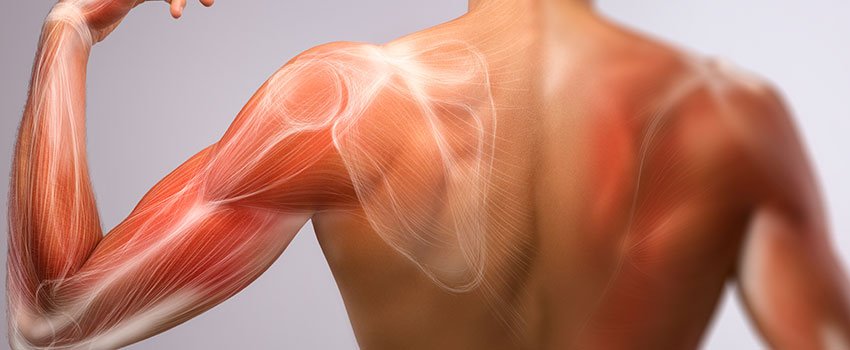Sores and pulled muscles are an annoying side effect of engaging in new or intense workouts. These sores can range from barely perceptible to extremely painful. However, these minor difficulties should never discourage you from working out in the future. That’s why health2delivery health experts have devised effective strategies to help you ease your sores and pulled muscles without resorting to medicine.

Muscle sores are good
In our normal everyday lives, having torn, pulled, or inflamed muscles sound bad because chronic inflammation and soreness either indicate a more profound disorder or contribute towards it. However, it is an excellent thing when you get muscle soreness from exercise. A small degree of muscular inflammation may indicate eventual muscular growth and even repair. If you can adequately help your muscles recover from such damages through therapies such as sports injury recovery, they will grow stronger, bigger, and more flexible in the future.
Rather than preventing muscular soreness from occurring, you should ensure that it gets repaired as soon as possible.
6 effective strategies to do during and after your workout
Pulled or sore muscles need time to heal, especially after an intense workout. While there is no instant solution, the following strategies can help you ease the soreness and aid in their recovery;
- Warm-up before exercise
Warming up before carrying out an intense exercise regime can help stretch the muscles. It increases the blood flow and flexibility, making the muscles ready for hard training. You can jog, do simple yoga poses, bike, or jump rope to get your body prepared for exercise. However, diving right into exercise without warming up properly may prove more harmful than beneficial to your body.
- Hydrate yourself
Drink plenty of water during and after your workout. This advice may sound too much on the nose, but staying hydrated is essential to let your muscles recover quickly and correctly. Water allows the fluid to keep moving in your system, helping reduce inflammation, flushing out toxins, and delivering the much-required nutrients to your muscles.
If you have trouble telling when you become dehydrated, just look at the color of your urine. If it is pale yellow, it means you are well-hydrated; however, darker shades of yellow usually indicate degrees of dehydration.
- Get proper nutrients after a workout
Your muscles, just like any other body part, need nutrients to repair themselves and grow back stronger and better. By eating a hearty meal within half an hour of the workout, you will be able to speed up your muscle recovery. Make sure to eat foods rich in protein and carbs. Proteins are necessary to help rebuild the muscles, and carbs will help replenish the fuel stores in your muscles. It will help if you keep protein intake reasonably consistent throughout the day. Legumes, white chicken, egg white, fruits, and vegetables are the best source of necessary nutrients and vitamins for your sore muscles.
- Get enough sleep
Sleeping isn’t just necessary for getting rest, but also to let your sore and pulled muscles recover. The effect may not seem immediate, but it is still useful. Sleep increases protein synthesis in the body, which helps repair torn muscles. Ideally, you should aim to score at least seven hours of sleep every night.
- Do hard and light exercise on alternate days
Sore and pulled muscles need rest to recover after a hard workout. That’s why you need to take it easy the day after strenuous exercise. However, that doesn’t mean you can simply give up all pretense of physical activity, put up your feet on the couch, and spend the day wasting away. Instead, you can engage in some gentle movement activities, like restorative yoga, a walk around the block, swimming, bicycling, or light resistance training.
It may prove more harmful than beneficial if you engage the same muscle group in intense activity every day. The key to fitness lies in letting those muscles recoup and repair themselves on the next day.
- Do not take NSAID painkillers
Unfortunately, many people have a bad habit of popping pills for every little problem nowadays. Some are tempted to just pop an NSAID painkiller after a hard day of workouts, but this practice is detrimental to developing muscles. These pills may give you temporary relief from sore muscles, but they may also hinder the development of stronger and better muscles. That’s why you should look towards non-pharmaceutical means of reducing pain.
Last word
In most cases, muscle soreness or tearing associated with sports is a good thing –it means that your workout is showing results. Your muscles will grow better and stronger with proper rest and strategy. Apply the strategies given above during and after your training, and you will see the difference yourself. However, if the pain gets too much, do not hesitate to contact your doctor.



